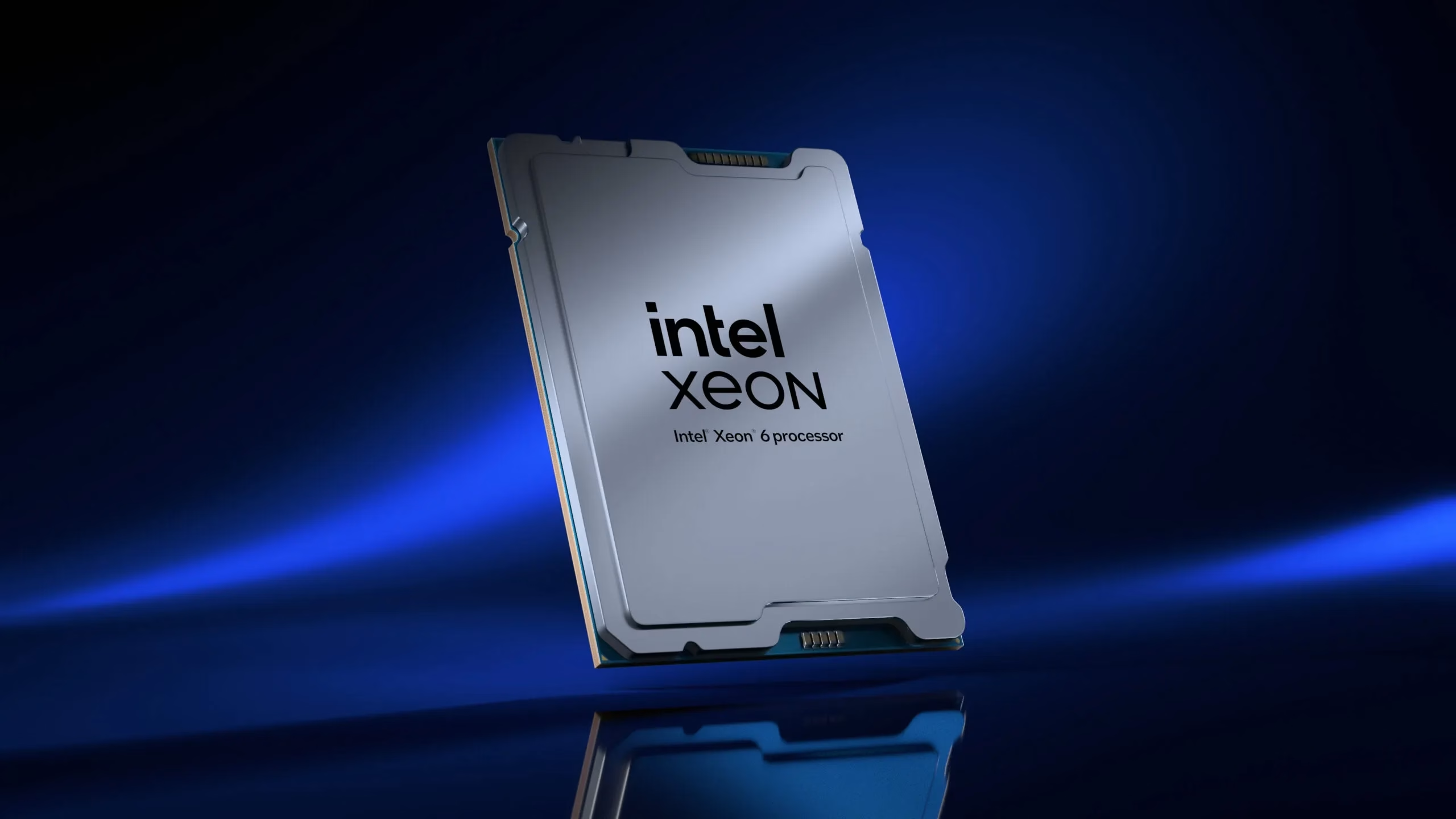Intel's Xeon 7 'Diamond Rapids': A Glimpse into the Future of Data Center Power
The world of high-performance computing is a relentless race, isn't it? Every few years, we see leaps that redefine what's possible in data centers and enterprise environments. And right now, all eyes are on Intel's upcoming Xeon 7 processor, codenamed 'Diamond Rapids'. While we're still dealing with leaked information, which, as always, should be taken with a healthy dose of skepticism, the reported specifications are nothing short of astounding. We're talking about a potential beast packing up to 192 cores, a staggering 16 memory channels, and a thermal design power (TDP) that hints at immense computational muscle: 500 watts. That's a lot of power, but also a lot of potential.
Unpacking the Core Count and Architectural Ambition
The headline grabber, without a doubt, is the rumored 192-core count. Think about that for a moment. This isn't just an incremental bump; it's a significant leap forward, especially when you consider the architectural underpinnings.
The Chiplet Design: A Modular Powerhouse
If the leaked slides are accurate, we're looking at a CPU that leverages up to six chiplets. This includes up to four dedicated compute tiles, each potentially housing 48 cores. These compute tiles are said to be produced using Intel's cutting-edge 18A fabrication process. That's their most advanced node, promising significant improvements in transistor density and efficiency. Then, you've got two I/O tiles. These aren't just sitting there; they're the conductors of the orchestra, managing crucial elements like memory interfaces, PCIe 6.x lanes (with or without CXL support), UPI interconnections, and even additional PCIe 4.x lanes. It's a complex dance, but one designed for maximum throughput.
Panther Cove and Enhanced AI Capabilities
Beyond the sheer core count, the microarchitecture itself is getting a serious upgrade. Diamond Rapids processors will reportedly utilize the 'Panther Cove' microarchitecture for their high-performance cores. One of the more intriguing aspects of Panther Cove is its improved efficiency for AMX (Advanced Matrix Extensions) extensions. This isn't just jargon; it means better support for data formats like FP8 and TF32. For anyone working with AI, machine learning, or deep learning workloads, this is a big deal. Faster, more efficient processing of these specific data types can translate directly into quicker model training and inference, which is exactly what data centers crave.
A Memory Subsystem Revolution: Bandwidth Beyond Belief
While cores get all the glory, memory bandwidth is often the unsung hero of high-performance computing. And here, Diamond Rapids appears poised to deliver a truly revolutionary upgrade. The reports suggest support for eight or even 16 DDR5 memory channels. Sixteen channels!
MRDIMM and the TB/s Threshold
What makes this even more exciting is the anticipated use of 2nd Generation MRDIMM memory modules. These aren't your average DIMMs; they're designed for higher data transfer rates, reportedly exceeding the 8800 MT/s supported by current Xeon 6 'Granite Rapids' chips. If Diamond Rapids can indeed support memory modules operating at 12,800 MT/s, the theoretical peak memory bandwidth could soar past 1.6 TB/s. Just to put that in perspective, Granite Rapids offers around 844 GB/s. We're talking about nearly doubling the memory bandwidth. This kind of throughput is critical for memory-intensive applications, databases, and large-scale simulations. It's a game-changer for workloads that are constantly hungry for data.
The Oak Stream Platform: A Foundation for the Future
Diamond Rapids isn't just a chip; it's part of a larger ecosystem. These processors are expected to belong to the 'Oak Stream' platform, which will support flexible configurations, from single-socket systems all the way up to two- and even four-socket setups. This scalability is vital for data centers that need to tailor their infrastructure to specific computational demands.
The new LGA9324 package is also a key enabler. This socket is designed not only to accommodate the massive core count and memory channels but also to deliver the reported 500W of power, with the capability for considerably more during peak loads. Plus, the platform will integrate PCIe Gen 6 interconnections, ensuring that the I/O keeps pace with the processing and memory advancements.
The Competitive Arena and the Waiting Game
No discussion of a new Xeon chip is complete without mentioning the elephant in the room: AMD. Intel's Diamond Rapids will face fierce competition from AMD's EPYC 'Venice' CPUs, which are based on the Zen 6 architecture and are rumored to pack an even higher core count, potentially up to 256 cores. This ongoing rivalry is fantastic for consumers, driving innovation and pushing the boundaries of performance. It's a true silicon arms race, and we're all benefiting from it.
Final Thoughts on a Potential Powerhouse
Intel's Xeon 7 'Diamond Rapids', if these leaks hold true, represents a monumental step forward in data center CPU design. The combination of a vastly increased core count, a revolutionary memory subsystem, and advanced architectural enhancements like Panther Cove and improved AMX extensions paints a picture of a processor ready to tackle the most demanding workloads imaginable. The 500W TDP is certainly something to consider for cooling and power infrastructure, but it's a trade-off for what could be truly transformative performance. The competition with AMD will be intense, but ultimately, that's what pushes the industry forward. We're on the cusp of some very exciting developments, and I, for one, can't wait to see how this all plays out.
